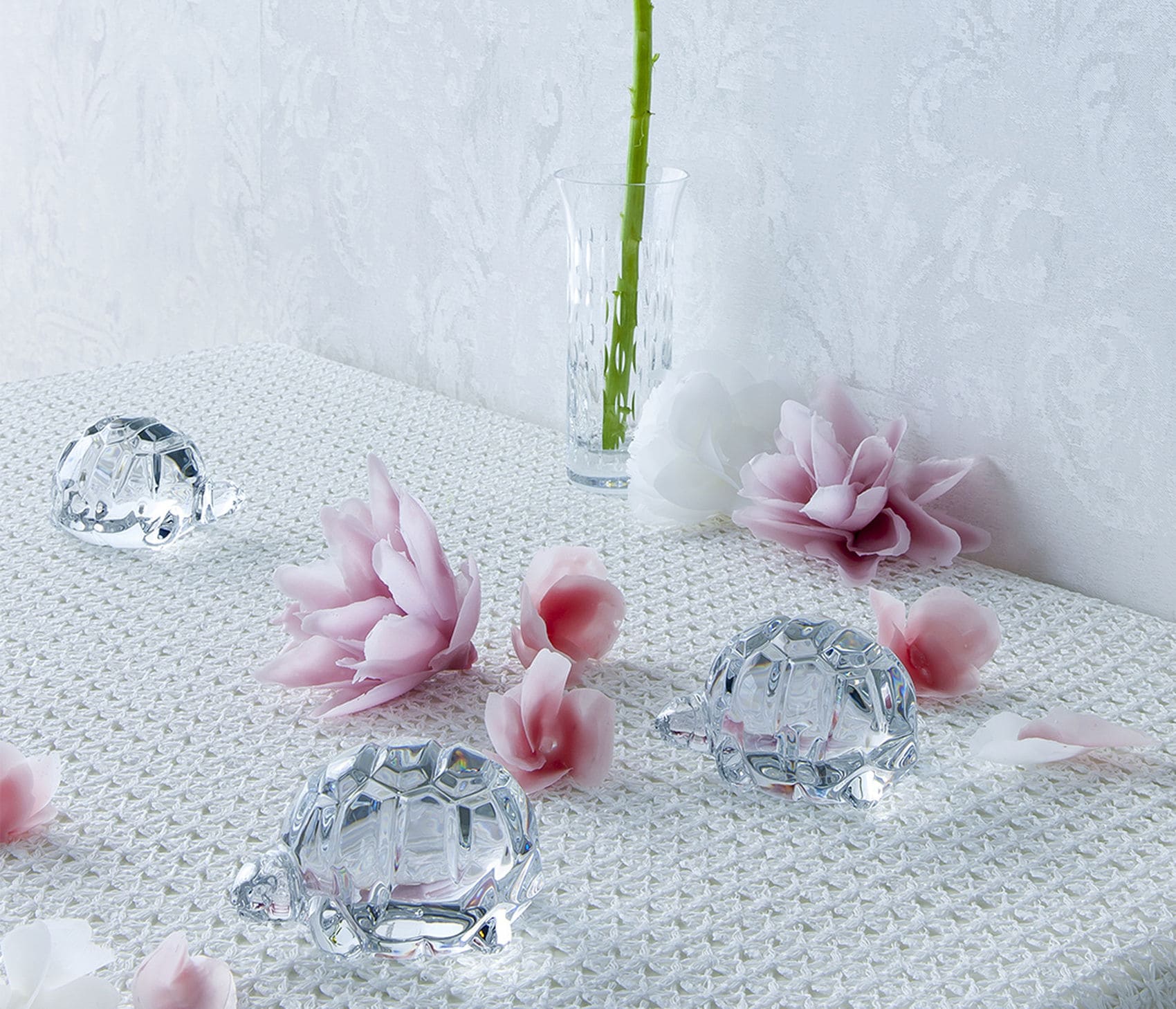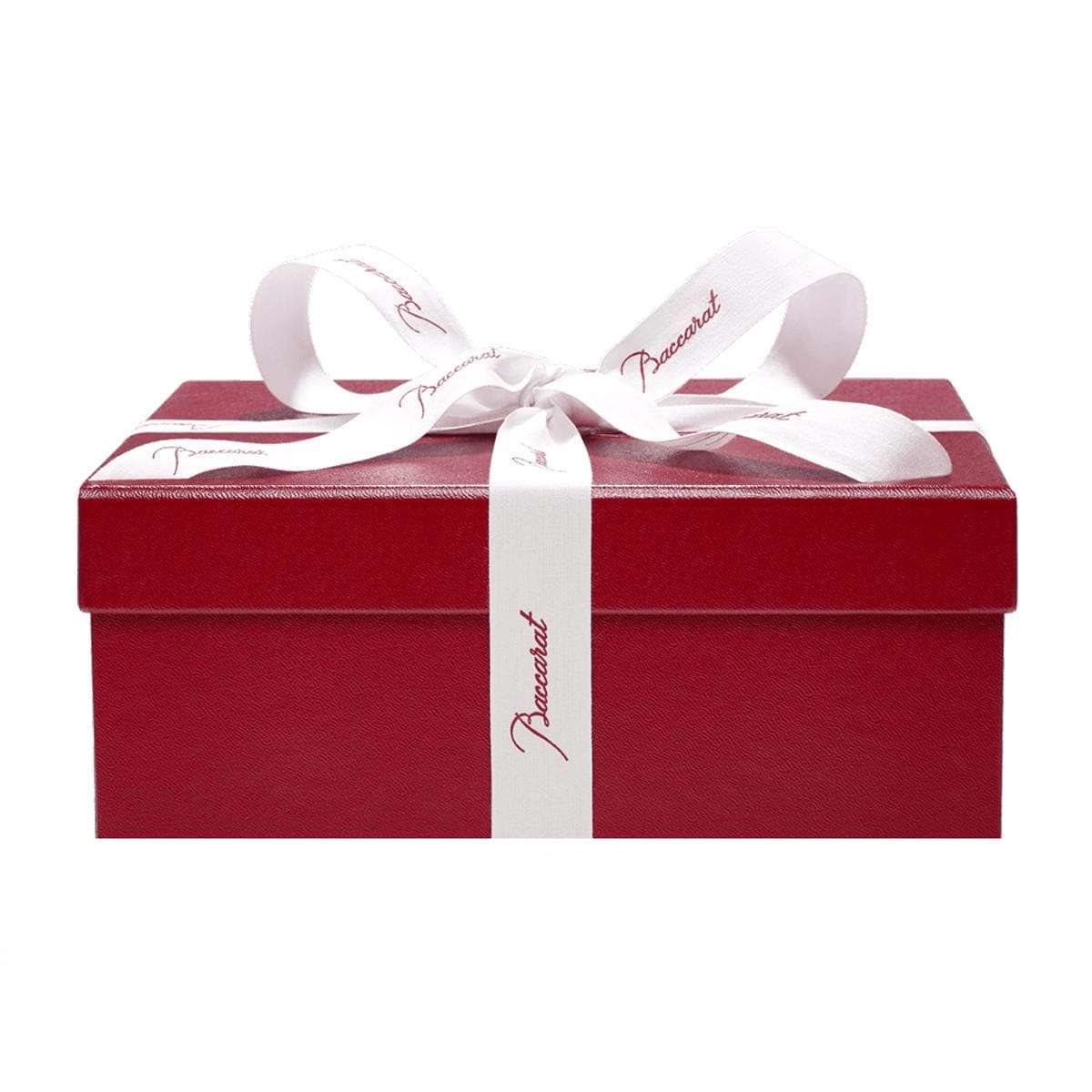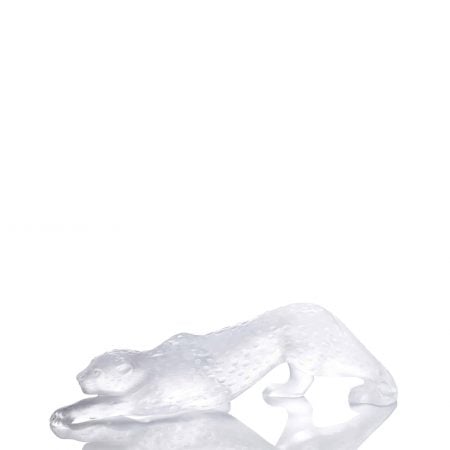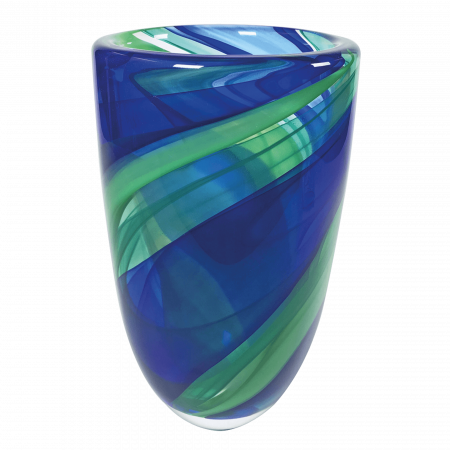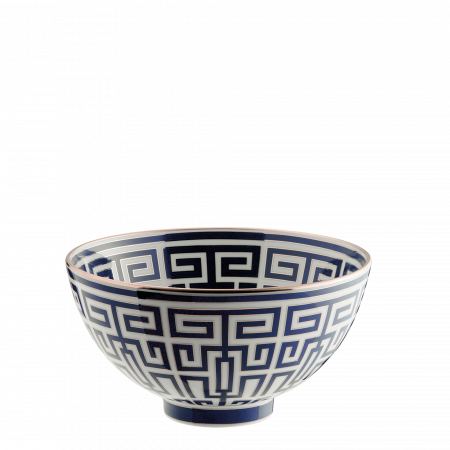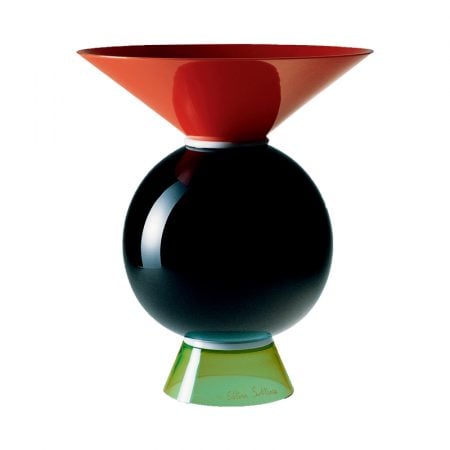Heritage Turtoise Baccarat
SKU: 2810315Heritage Turtoise Baccarat
A symbol of longevity the tortoise is the perfect gift for any occasion. An authentic piece of home jewellery.
Piece signed Baccarat, handcrafted in France
With box and certificate of authenticity
Available by order
Available by order
Contact us for the purchaseYou must have an account to manage your gift list
Log in or register
Heritage Turtoise Baccarat
The art of Baccarat crystal in 7 words :
Colour : From the 19th century onwards, the Baccarat range was expressed in multitude of colours. Produced by adding metal oxides to clear crystal. Blue with cobalt oxide. Violet with manganese oxide. Green blue with copper oxide. Yellow with uranium oxide. Black with manganese and oxides of copper and chromium.
Gilding : Used since 1833 by Baccarat, gilding, a paste made of 24-carat gold, is applied with a brush. As a result, the piece is then annealed at a temperature of 460°C to set, and the gilding is itself polished with an agate stone to give a shiny gold aspect-this is the « burnishing ».
Enameling : Discovered in antiquity, enamelling is a technique that has been used by Baccarat since 1840. Notably in the decoration of armorial glasses. A tinted metal oxide paste is applied with a brush before being fired at a temperature of at least 600°C.
Engraving : A decorative technique applied to cold glass consisting in removing material in different ways. Using an acid bath where the decoration drawn in negative is eroded by the action of the chemicals ; at the wheel, as was already practised in ancient times, by removing the material with the aid of small « burrs » ; sandblasting, that is to say the pressurised projection of sand on the object in order to buff off the desired areas
Melting : At a temperature of about 1400°C, silica (very fine and very puresand), sodium and lead oxide bake in a Baccarat oven for at least one day.
Blowing : Dipping a blowpipe, a hollow metal bar, into in the furnace, the glass master gathers a bubble of molten crystal called a « parison ». Then, blowing into the pipe, he gives the object its hollow form.
Cutting : Using a grinding wheel on cold glass, the craftsman applies a decorative pattern. Bevelled, flat cut, diamond-shaped, pontil, rich cut and so on.
Some Curiosities
Baccarat is a French municipality located in the department of Meurthe and Moselle in the Grand East region. The inhabitants are called Bachamois.
It was this town that gave its name to the crystal that has been produced here since the 18th century using the technique created by Aimé-Gabriel d’Artigues.
The history of Baccarat crystals began in 1764,
when Louis de Montmorency-Laval, Bishop of Metz, asked King Louis XV of France to open a factory for the production of glass, because at the time he had to obtain supplies in Venice or Bohemia; authorisation by royal decree came on 16 October 1764. Thus, in the village of Baccarat in Lorraine, on the banks of the Meurthe river, the Verrerie Sainte Anne was born. The glassworks was taken over in 1816 by the entrepreneur Aimé-Gabriel d’Artigues, former owner in Belgium of the Cristalleria Vonèche, who moved all production to Baccarat. From this moment on, the Verrerie specialized in crystal processing, becoming after a few years the first crystal factory in France, with prestigious orders from King Louis XVIII, then Charles X and Louis Philippe.
During the Restoration period,
many innovations are made, new processes are created and special colors (such as the famous golden red), awarded over the years by awards and gold medals. Initially, Baccarat also supplied its crystals to external artists, including Madame Désarnaud, the first to have the audacity to make furniture entirely in crystal, such as the toilet table of the Duchess of Berry, which she made to a design by Nicolas-Henry Jacob (1782-1871, a pupil of David), now at the Louvre. Madame Désarnaud, Charpentier’s widow, had run her husband’s company with great passion and entrepreneurial spirit.
Even today they can be admired at the Musée d’Orsay in Paris and it was during the Universal Exhibition of 1823 that the Baccarat brand was revealed to the world. There are commissions from kings and emperors. Like the Harcourt chalice, the symbol of the company and still in production, created in 1841 for King Louis-Philippe of France, engraved with the royal monogram and the characteristic ruby red button obtained by progressive fusion at a temperature of five hundred and forty degrees of the crystal and gold powder.
At the beginning of the 20th century
Baccarat produces the first bottles of perfume. The Sillage de la Reine, the perfume recently recreated on the basis of that used by Marie Antoinette, is also contained in a bottle of Baccarat crystal. In 1948, Soleil, a large clock with crystal rays, was designed. Designed by George Chevalier, it is inspired by the symbol of the Sun King (used for the gates of the Palace of Versailles). The first buyer of the precious object was Arthur Miller, who chose it to decorate his apartment in Manhattan, at the time of his marriage to Marilyn Monroe. In 1956 two bottles with initials in pure gold were made for the wedding of Prince Rainier of Monaco and Grace Kelly.
| Brand |
|---|

